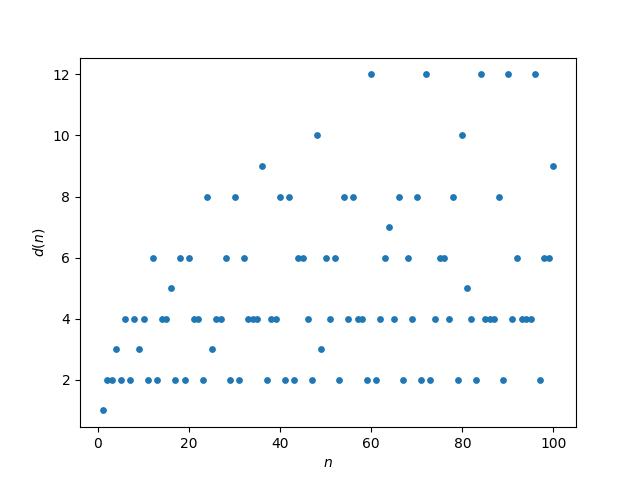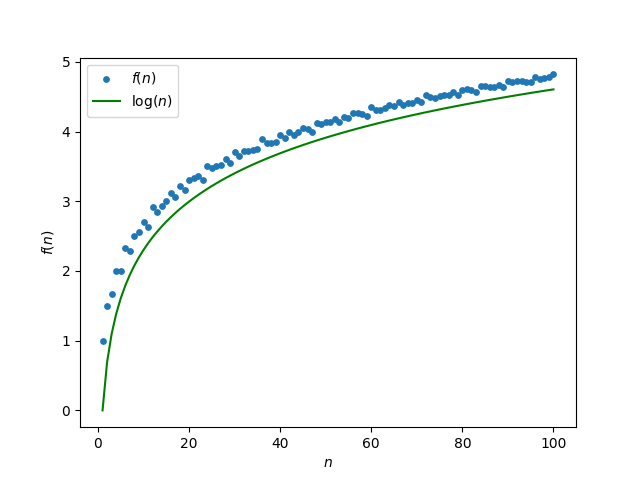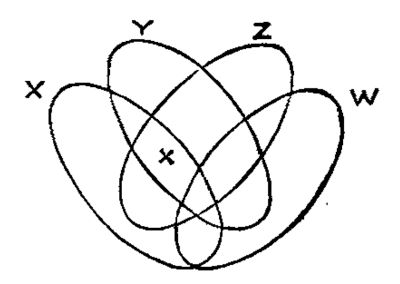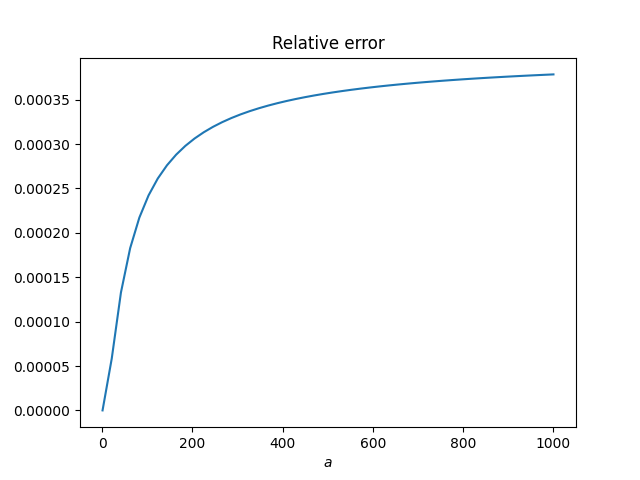Edward John Routh (1831–1907) came up with a mnemonic for summarizing many formulas for moment of inertia of a solid rotating about an axis through its center of mass.
Routh’s mnemonic is
I = MS / k
where M is the mass of an object, S is the sum of the squares of the semi-axes, and k is 3, 4, or 5 depending on whether the object is rectangular, elliptical, or ellipsoidal respectively.
This post will show how a variety of formulas fit into Routh’s framework.
Rectangular solids
Suppose we have a box whose base is a rectangle of with sides of length a and b, and we’re rotating the box about the vertical axis through the center of mass. The moment of inertia is
I = M(a² + b²) / 12.
The semi-axes have length a/2 and b/2 and so the formula above fits into Routh’s mnemonic with k = 3:
I = M( (a/2)² + (b/2)² ) / 3.
Why did Routh state his theorem in terms of semi-axes rather than axes? Because circles and spheres are typically described in terms of radius, and ellipses are described in terms of semi-axes.
Cylinders
The moment of inertia for a (circular) cylinder about its center is
I = Mr² /2.
From Routh’s perspective, there are two perpendicular axes to the central axis, both of length r. So his mnemonic could calculate the moment of inertia as
I = M(r² + r²)/4
using k = 4.
For an elliptical cylinder, where the ellipse has semi-major axis a and semi-minor axis b, the moment of inertia is
I = M(a² + b²)/4
which reduces to the circular cylinder result when a = b = r.
Spheres and ellipsoids
The moment of inertia of a sphere about a line through its center is
I = 2Mr² / 5.
Again there are two perpendiculars to the line, both of length r, and so we get the result above using Roth’s mnemonic with k = 5.
For an ellipsoid with semi-axes a, b, and c, rotated about the axis corresponding to c, the moment of inertia is
I = M(a² + b²)/5.
Thin rod
The moment of inertia for a thin rod of length L rotated about its center is
I = ML²/3.
This can be derived from the case of a rectangular solid with length L and negligible width.
Note that the formula for moment of inertia of a cylinder does not apply because we are rotating the rod about its middle, not along the axis running the length of the rod.
Routh’s stretch rule
Moving a point mass in a direction parallel to the axis of rotation doesn’t change its moment of inertia. The continuous version of this observation means that we can stretch the shapes without changing their inertia if we stretch them in the direction of the axis of rotation. This means the rules above apply to more general shapes.
Related posts
Note the that this post refers to physical moments and the link above refers to statistical moments. They’re closely related.






